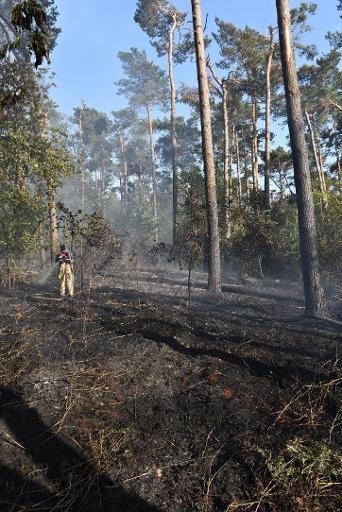The rate of harvest of Walloon coniferous trees remains higher than their natural increase or rate of replacement. In other words, coniferous trees have been over-exploited in Wallonia for several years. This phenomenon is tending to increase. This emerges from 2017 edition of Le Panorabois, produced by the Walloon Economic Office for Wood Production (known as the “OEWB”) and published a few days before the 83rd Libramont Agricultural Fair.
The annual rate of harvest - the relationship between the quantity of wood harvested and that which the forest produces - calculated on the basis of a 10-year period going from 2001 to 2011 - is henceforth estimated at 134.5% for conifers, whilst only reaching 66.2% for broad-leaved trees.
For the spruce tree alone, the “Queen” species in Wallonia, the rate of removal is now assessed at 149.8%, still more than previously estimated. This is according to the recent evaluations, honed compared to previous editions of Le Panorabois.
There are several causes for this over-exploitation. Eugène Bays explains that generally “the processing capacity within Walloon sawmills (3 million metres cubed per year) is higher than Walloon forest production (nearly 2.5 million metres cubed). This has the effect of increasing prices and encourages forest owners, in particular within the private sector, to sell their businesses.” Bays has responsibility for this sphere at the OEWB. Moreover “we are not replanting at the rate at which we are felling the trees.”
In the new plantations, it may be seen that the spruce is indeed losing ground. This could really pose a problem in another twenty years. However, solutions exist such as the resorting to the Douglas fir, a high-quality coniferous tree which is more productive than spruce. That said, Eugene Bays makes the point that genetic research in Wallonia, as to the use of the latter species, is still ongoing.
The Brussels Times

